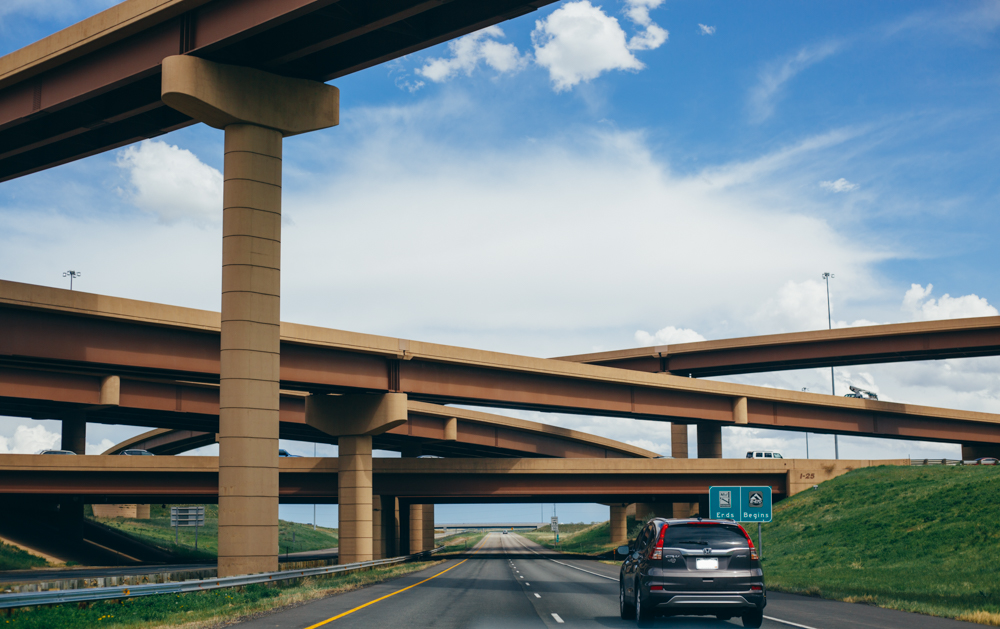Have a story idea
Have a story idea? Send it to us here.

Source : Wikimedia Commons
September 23, 2021
Author : Alex Bustillos
While the bill has passed the Senate, House Speaker Nancy Pelosi is expected to bring the bill to the floor for a vote on Monday.
The study showing the economic boons the bill would bring was commissioned by the American Road & Transportation Builders Association and conducted by IHS Markit. According to the analysis, the bill’s $153.7 billion investment in highway and transit infrastructure would generate $488 billion towards the United States’ GDP by 2027. As taxpayers, that’s a lot of bang for our buck.
The “additional $488 billion of cumulative GDP by 2027; $327 billion due to the additional highway and bridge funding and $16 billion due to the additional public transit funding,” the report states.
Some key takeaways from the report:
According to the report, the construction sector will benefit more than any other sector in the US economy from this funding. “The analysis of the highway and bridge spending, as well as the public transit spending, found that 52% of the jobs created are indirect and induced; showing that for every job created directly from the infrastructure investment, another job is created elsewhere in the economy for an employment multiplier of 2,” the report says.
The inverse of this, of course, is that 48 percent of the jobs created by this bill would be in the construction sector. That’s a huge figure, especially as the report projects that “total employment will be on average 200,000 higher per year, peaking at 250,000 higher in 2025” due to the funding.
“While the construction industry experiences the largest impact as this is where the direct spending is concentrated, other sectors experience large impacts from the additional highway spending, such as health care and social assistance, manufacturing, and real estate and rental and leasing,” the analysis adds.
These benefits are significant but are only related to highway and infrastructure funding. The benefits of other provisions in the infrastructure bill, such as water, broadband and other components are not included in this analysis.
Photo via Wikimedia Commons.
Category : Contractor Trades Economic Stimulus Federal Government Investment in Infrastructure Freeways and Highways
